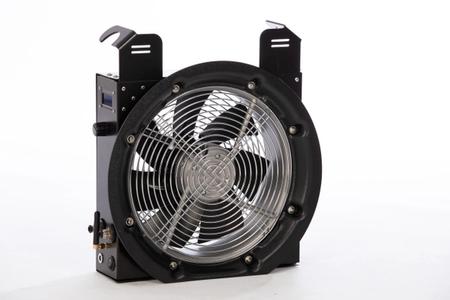What is air leakage testing?
Air leakage testing is the measurement of the amount of air movement between the inside and outside of a building. Air leakage testing, also referred to as air permeability testing and air tightness testing, can be used to measure the amount of air infiltration into a building, that is the unintentional movement of air through cracks and gaps, and also passive ventilation, that is air movement through deliberately provided ventilation openings.
Build Test Solutions provide equipment called Pulse to test the air leakage rate of buildings. Pulse provides quick and non-invasive air leakage measurement in conditions representative of how the building will operate in normal use. Understanding the air leakage of a building is important for informed management of its energy efficiency and internal environment.
How the Pulse air permeability system works →
Why test the airtightness of buildings?
The amount of air movement across a building envelope is important both for energy efficiency and for the maintenance of a healthy internal environment. Although often linked to build quality, the airtightness of a building cannot be seen through visual surveys, so testing is vital to enable informed building management.
In cool climates, the movement of cold air into a heated space causes a heat loss that requires additional energy to replace, while the opposite is true where space cooling is used in warm climates. In both cases understanding the airtightness of the building is critical to understanding the energy efficiency of the building. Excessive air movement can also cause draughts which reduce the thermal comfort of occupants.
While less air movement is important for energy efficiency, providing sufficient fresh air is also important to ensure a healthy internal environment and to manage the risk of mould growth. For buildings that rely on infiltration and passive ventilation to maintain indoor air quality (IAQ), it is essential to know how much there is to be confident that sufficient fresh air is supplied.

